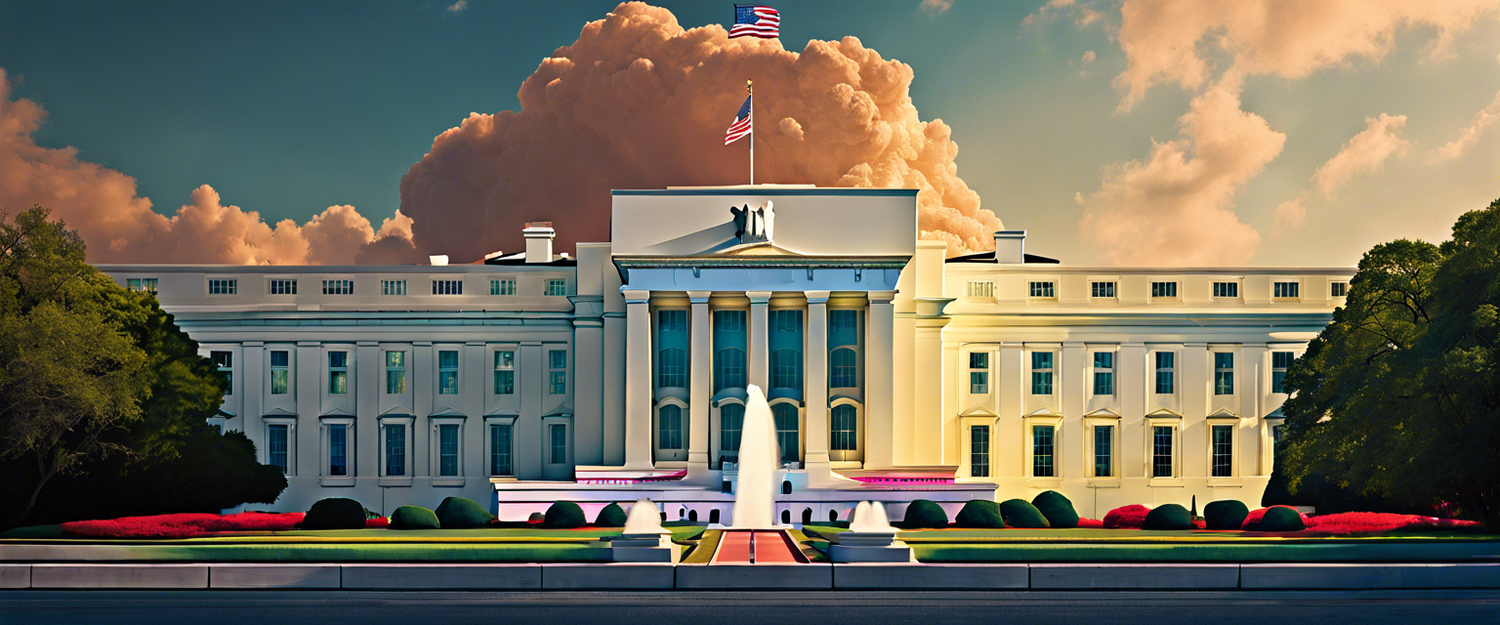Understanding the Federal Reserve's Independence and Current Economic Concerns
On January 13, former Federal Reserve Vice Chairman Randal Quarles addressed pressing issues surrounding the Federal Reserve’s independence, inflation, and the labor market during a forum. This discussion comes at a critical time as the nation transitions into a new administration under President-elect Donald Trump. Here are the key insights from Quarles' remarks:
Misunderstandings About Fed Independence
During his speech, Quarles clarified common misconceptions regarding the Federal Reserve's autonomy. He underlined that while the President may express opinions on monetary policy, these remarks do not undermine the Fed's independence. The central bank operates under a mandate to maintain price stability and full employment, insulated from political pressures.
The Role of Political Discourse
Quarles emphasized that monetary policy is guided by economic indicators and expert analysis rather than political opinion. This distinction is crucial to maintaining public confidence in the Fed’s decisions.
Inflation and Tariff Impacts
Another focal point of Quarles’ address was the current inflation landscape. He acknowledged that while tariffs might have some marginal effects on the Federal Reserve’s decisions regarding interest rates, they are unlikely to be a significant driving force behind inflation levels. Understanding the multifaceted causes of inflation is vital for policymakers to navigate economic challenges effectively.
Limitations of Tariff Influence
- Quarles indicated that while tariffs can affect sectors, their overall impact on national inflation rates is limited.
- He urged observers to consider a range of influences, including supply chain dynamics and consumer behavior.
Labor Market Stability
In light of potential policy changes under the Trump administration, Quarles assessed the implications of anticipated deportations of illegal immigrants. He predicted that these actions would not materially impact the U.S. labor market. This assertion aligns with broader economic analyses that suggest labor supply and demand dynamics are driven by various other factors.
Labor Market Resilience
Key points regarding labor market dynamics include:
- Current unemployment rates and labor force participation remain strong.
- The economy's adaptability could absorb changes in labor supply without significant disruptions.
CPI Report and Inflation Expectations
Quarles' remarks are particularly timely as economic analysts closely monitor the latest Consumer Price Index (CPI) report, which serves as a critical indicator of inflationary trends. Expectations regarding inflation play a significant role in shaping future monetary policy decisions by the Federal Reserve.
Looking Ahead
As the U.S. economy adjusts to new political and economic realities, the role of the Federal Reserve will remain crucial in navigating inflation pressures and ensuring labor market stability. Understanding the nuances of monetary policy and its independence is vital for stakeholders across the economy.
Conclusion
Quarles’ insights provide a clearer view of the Fed’s operations within the current political context. Maintaining focus on economic fundamentals will be essential as policymakers confront hyper-dynamic market conditions.



Zostaw komentarz
Wszystkie komentarze są moderowane przed opublikowaniem.
Ta strona jest chroniona przez hCaptcha i obowiązują na niej Polityka prywatności i Warunki korzystania z usługi serwisu hCaptcha.